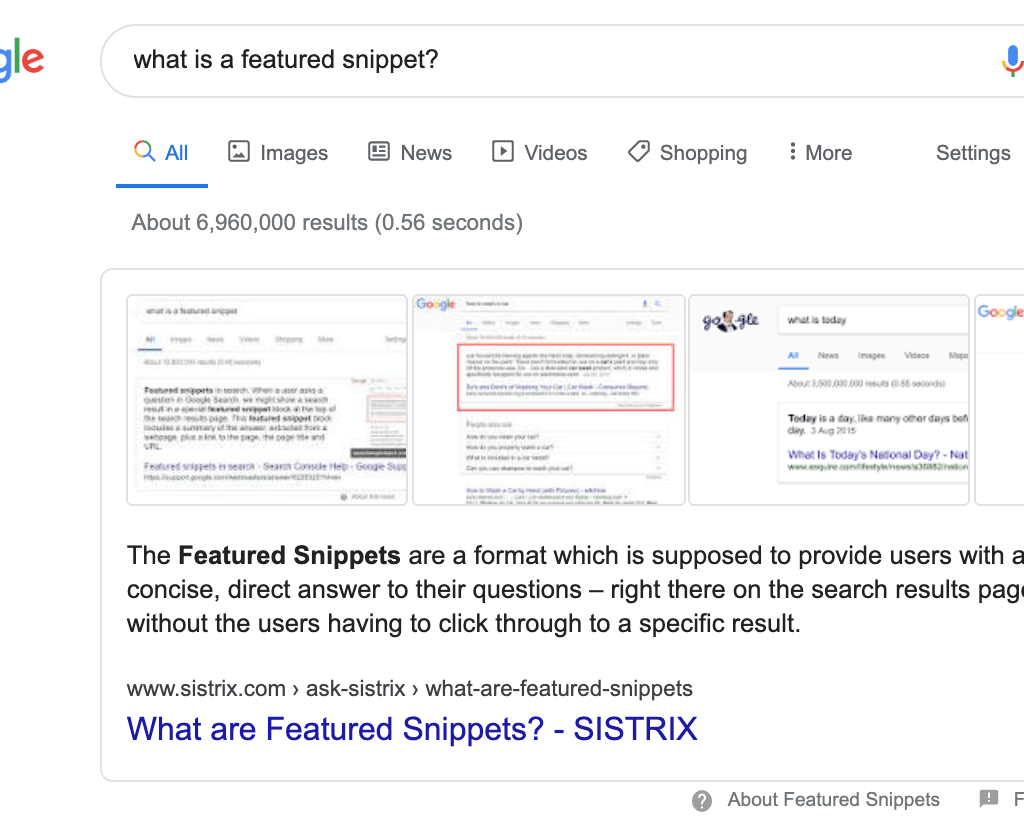Is your latest Google Ads campaign not delivering the results you were hoping for? Then it’s time to increase your click-through-rate. In this blog, PPC Executive Anna Simpson explains how to enhance your CTR, and why it’s so important.
What is click-through rate & why is it an important metric?
Click Through Rate (CTR) is the percentage of total ad views that result in clicks – this, therefore, gives good top-level insights into the campaign and can help to identify any issues.
CTR is also a factor which is taken into consideration in Google’s Quality Score formula as Google uses “expected click-through rate” as one of the criteria which determines your ad position and cost per click (CPC). It’s important to maintain a good CTR because this not only means more traffic to your site, but also will help to increase your keyword quality score. In turn, this will give your ads the maximum potential to rank higher whilst lowering your CPC – a clear example of an effective campaign.
Countdown timers
Countdown timers allow you to let potential customers know about current sales or booking deadlines within the ads, all for the same CPC. Adding this feature to your ads can create a sense of urgency, as the customer will be able to see how long is left until the end of your sale or before a deadline is met.
Countdown timers are a dynamic feature, so they’re automatically updated each day until the end of the countdown – meaning no manual work is required once these have been set up. Creating this urgency means that people are more likely to click on the ads because they don’t want to miss out on the limited offer, giving a higher chance of improving both click-through and conversion rate.
Ad extensions
There are many different extensions that you are able to include on your ads, including:
- Call extensions – adding a phone number to encourage interaction
- Sitelink extensions – creating additional links to other relevant pages of your site
- Callout extensions – adding short text to your ads to highlight business USPs
- Structured snippet extensions – highlighting specific aspects of the products/services your business provides
The great thing about ad extensions is that they are of no extra cost; Google automatically shows your chosen extensions if they believe that it will improve the performance of the ad. Having extensions also gives you greater ad visibility as it will show up more prominently in the search results, meaning greater chance of CTR – what’s not to love?
It’s important to assess what the main goals for your business are, as you can match relevant extensions to boost your chances of generating your required action. If you want more store visits, location extensions would be ideal so that potential customers know where to find you from the outset. If you provide many different services that you want to mention at a first glance, then structured snippets would be a perfect way to highlight these and may be the difference between a potential customer clicking on your ad over a competitor. The possibilities are endless!
Call to actions (CTA)
You may be using call to actions already in your ad copy without actually realising the positive impact that these can have on the performance of your ads. Call to actions are short phrases usually at the very end of the ad that encourage potential customers to take a certain action such as ‘Find Out More’ or ‘Book Today’. Doing this means that customers are given a direct instruction after viewing your advert. By making the next step for the customer clear, a well-placed CTA can be the difference between your ad receiving a click or being scrolled past.
A/B Ad testing
A/B ad testing is a great way to gain insights into how your ads are performing and which ad copy works better than others. By doing this, you are able to test different combinations of headlines and descriptions to see which work well together, giving you a better understanding of what information makes potential customers want to click on your ads.
It’s also important to use this to trial different styles of ad copy to see how this affects the CTR. Different businesses have different audiences and this is a key factor in creating successful ad copy. This is dependent on the type of business and the conversion action that you want customers to take – some customers may want to see credentials and awards, some may want to see USPs to choose you over competitors, and some may want more descriptive ad copy. Giving customers what they’re looking for is critical to increasing CTR.
Regular bid adjustments
Ensuring that you regularly monitor and adjust your bids is key to CTR. Bidding too low on keywords will see your impressions suffer due to your ads being in a lower position, and consequently, your CTR will be negatively impacted a because your ad isn’t being seen as much as it could.
The best way to review and adjust your bids is most importantly making sure that you’re bidding high enough to appear on page one of the search engine results. This gives great exposure for the ads, as most users only browse the first page. Although it may be tempting to implement first position bids so that your ad appears right at the top of search results, this isn’t always the best practice.
You need to ensure that your ads are cost-effective and being in position one doesn’t always equate to high CTR/conversion rate. It’s important to bear in mind that users often “shop around” and browse between the top 3 advertisers rather than solely clicking on the top ad. Therefore by bidding effectively, you are able to gain essentially the same amount of exposure as the first position advertiser – but for a lower CPC.
Expanded text ads
Expanded texts are a great new addition to Google Ads, allowing you to create ads with 3 headlines and 2 90-character descriptions. This means that you now have the space to give more detailed information within your ad copy to portray the correct messages to your target audience. It’s also important to note that having more text means greater visibility because these ads will stand out to potential customers over other short standard text ads.
The additional headline allows you to highlight your business’s USPs, promote special offers or create a call to action to give that extra persuasion to get your customer to click-through. One last benefit of expanded text ads is that due to the additional text, you can to target long-tail keywords, giving more chance of appearing for related search queries that may have a lower CPC due to the smaller search volume.

![[blog]_[Voice search: the future of SERPs?]_[Blog Picture]](https://cedarwood.digital/wp-content/uploads/2020/05/Untitled-design-55-900x506.png)
![[blog]_[13 Tips To Optimise PPC Campaigns and Make The Most of Smaller Budgets]_[Blog Picture]](https://cedarwood.digital/wp-content/uploads/2020/04/wpimage-id13321width562pxheightautosizeSluglargelinkDestinationnone-figure-classwp-block-image-size-large-is-resizedimg-srchttpscedarwood.digitalwp-contentuploads202507Image-1-1024x-47-900x506.png)
![[blog]_[How to target customers with Google Ads audience targeting]_[Blog Picture]](https://cedarwood.digital/wp-content/uploads/2020/03/wpimage-id13321width562pxheightautosizeSluglargelinkDestinationnone-figure-classwp-block-image-size-large-is-resizedimg-srchttpscedarwood.digitalwp-contentuploads202507Image-1-1024x-46-900x506.png)
![[blog]_[Voice search: the future of SERPs?]_[Blog Picture]](https://cedarwood.digital/wp-content/uploads/2020/03/Untitled-design-56-900x506.png)

![[blog]_[6 ways to improve your Google Ads click through rate]_[Blog Picture]](https://cedarwood.digital/wp-content/uploads/2020/03/wpimage-id13321width562pxheightautosizeSluglargelinkDestinationnone-figure-classwp-block-image-size-large-is-resizedimg-srchttpscedarwood.digitalwp-contentuploads202507Image-1-1024x-54-900x506.png)
![[blog]_[Cedarwood Digital shortlisted for the Northern Ecommerce Awards]_[Blog Picture]](https://cedarwood.digital/wp-content/uploads/2018/11/wpimage-id13321width562pxheightautosizeSluglargelinkDestinationnone-figure-classwp-block-image-size-large-is-resizedimg-srchttpscedarwood.digitalwp-contentuploads202507Image-1-1024x-31-900x506.png)